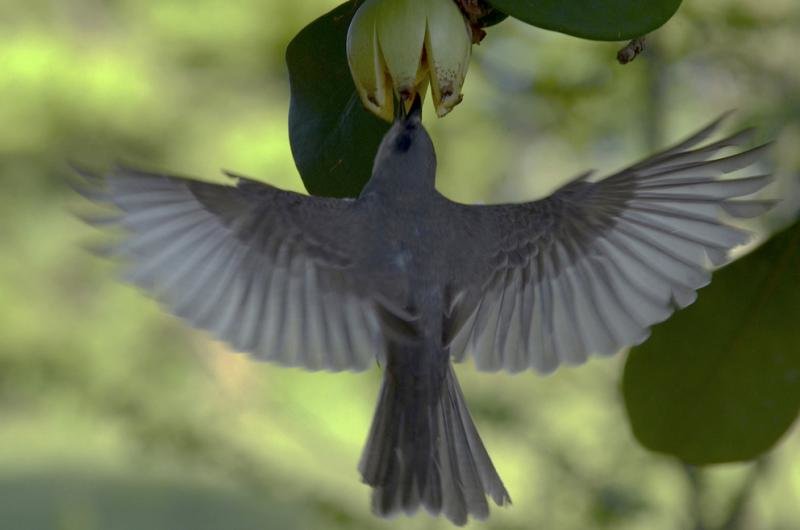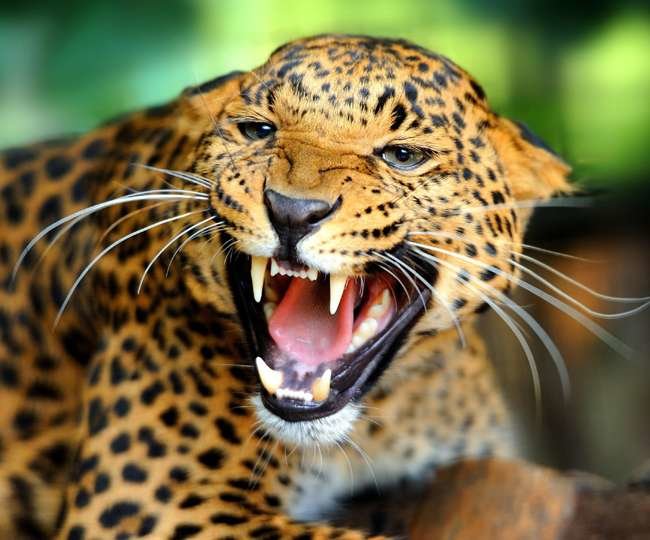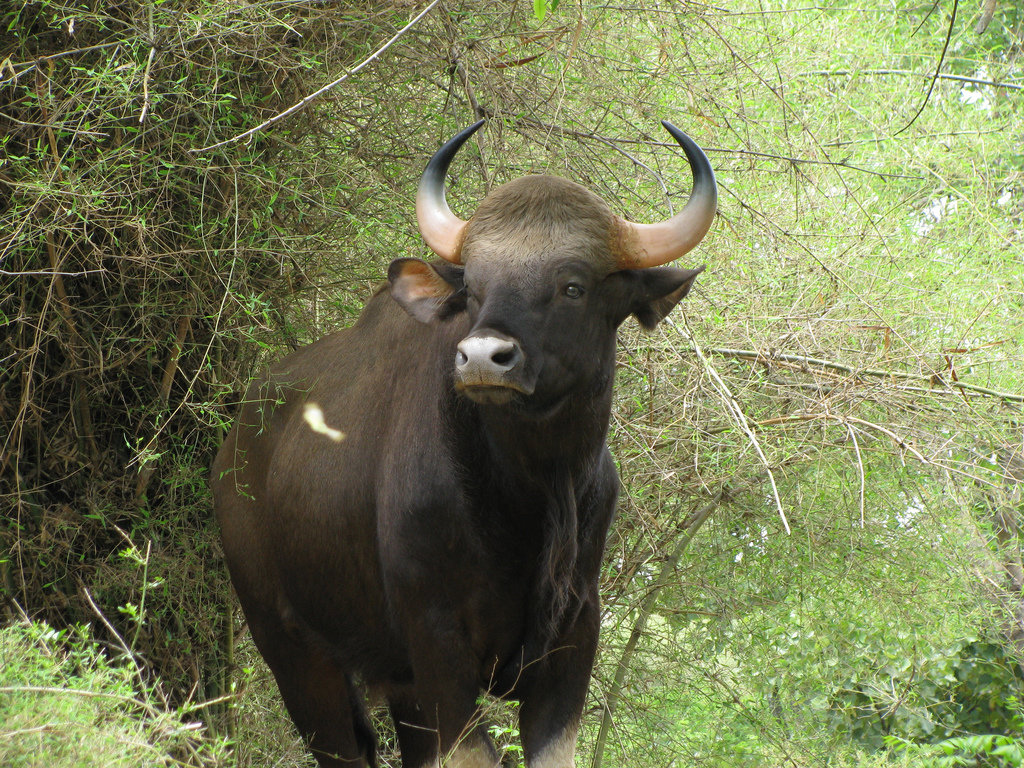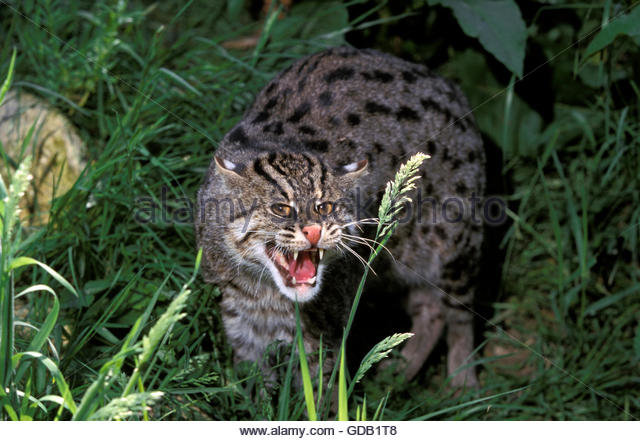When the "end of history", meaning the establishment of a permanent Western hegemony over the entire international system, was proclaimed in the early 1990s, it was not yet obvious how the pursuit of said hegemony would evolve over the succeeding decades. The "velvet" expansion of the 1990s into the post-Soviet vacuum gave way to the "iron fist" for which the 9/11 terror strikes provided the excuse and which meant invading whichever country Washington desired. However, the "iron fist" efforts in the post-9/11 world demonstrated West's weakness , as sustaining operations in Iraq and Afghanistan proved too much for NATO. This failure ushered the post-"post-9/11″ world, and the "Arab Spring" became the first, though far from the only, demonstration of the evolved Western strategy which fuses the earlier approaches.
The "velvet" aspect is still there: Western entities claim they are promoting "universal human values" which, evidently, is the end that justifies all means and which automatically means it is impossible to commit war crimes in its pursuit. Also, by implication, anyone who stands in the West's way operates under the presumption of guilt. In order to promote said "universal values", the West identifies, creates, or even invents a political movement which, although it consists of corrupt opportunists and outright criminals, ostensibly stands for "universal values". This entity then receives overwhelmingly positive media coverage, to the point of
referring to any police or military response to the violence it perpetrates as "war crimes", in order to shape the public opinion in favor of limited military intervention in the form of airstrikes and a small number of special operations troops. Then one merely needs an excuse, a small incident, an insignificant act of violence by the target country's law enforcement of the kind that happen in the US in a daily basis, in order to start beating the war drums against the "blood-soaked regime." This approach was pioneered in Bosnia and Kosovo, the early exceptions to the "velvet" policy, but was then shelved in the post-9/11 era when it seemed that West's aims could be achieved through more direct - and brutal - means, only to be resurrected by the Obama Administration and applied in Libya, Syria, and Ukraine with only minor variations.











Comment: See also: Woman dies following attack by wild gaur in Tamil Nadu, India; 3rd such incident for the locality in 2 years